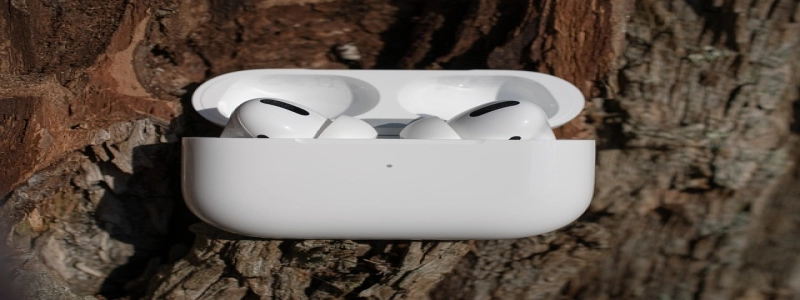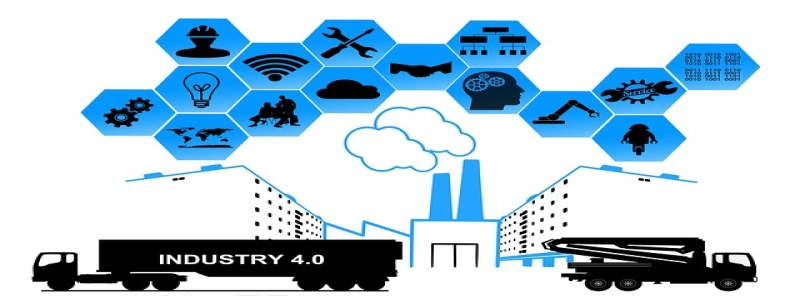Profibus to Ethernet Converter
introduzione:
Profibus is a widely used industrial communication network that allows various devices to communicate with each other in a manufacturing or industrial environment. With advancements in technology, many industries are now transitioning from traditional Profibus networks to Ethernet-based networks for faster communication, increased efficiency, and better integration with modern automation systems. To bridge the gap between these two communication protocols, a Profibus to Ethernet Converter is used.
IO. What is a Profibus to Ethernet Converter?
A Profibus to Ethernet Converter is a device that enables communication between Profibus networks and Ethernet networks. It acts as a translator, converting data and protocols from Profibus to Ethernet and vice versa, allowing devices on both networks to exchange information seamlessly.
II. How does it work?
1. Profibus Interface: The Profibus to Ethernet Converter has a Profibus interface, typically in the form of a DB9 or RJ45 connector. This interface connects to the Profibus master or slave device on the Profibus network.
2. Protocol Conversion: The converter translates the Profibus protocol into Ethernet protocol and vice versa. It converts Profibus data packets into TCP/IP packets for transmission over Ethernet.
3. Ethernet Interface: The converter also has an Ethernet interface, which can be in the form of an RJ45 or Fiber optic connector. This interface connects to the Ethernet switch or device on the Ethernet network.
4. Data Transfer: The Profibus to Ethernet Converter transfers data bidirectionally between the Profibus and Ethernet networks. It receives data from the Profibus network, converts it to Ethernet protocol, and sends it to the Ethernet network. Similarly, it receives data from the Ethernet network, converts it to Profibus protocol, and sends it to the Profibus network.
III. Benefits of using a Profibus to Ethernet Converter:
1. Seamless Integration: The converter allows for seamless integration between Profibus and Ethernet networks, enabling devices on both networks to communicate with each other.
2. Increased Efficiency: Ethernet networks offer higher data transfer rates compared to Profibus networks. By converting Profibus to Ethernet, the converter enhances communication speed, leading to increased efficiency in industrial processes.
3. Scalability: Ethernet networks are highly scalable, allowing for easy expansion and integration of new devices. The converter enables existing Profibus devices to be integrated into Ethernet networks, expanding the network infrastructure without the need for extensive rewiring or system modifications.
4. Remote Monitoring and Control: Ethernet networks provide remote monitoring and control capabilities, allowing operators to monitor and control devices from a central location. By converting Profibus to Ethernet, the converter enables remote monitoring and control of Profibus devices, enhancing flexibility and convenience.
Conclusione:
With the increasing adoption of Ethernet networks in industrial environments, a Profibus to Ethernet Converter plays a crucial role in bridging the gap between these two communication protocols. It allows for seamless integration, enhanced efficiency, scalability, and remote monitoring and control. For industries transitioning from Profibus to Ethernet, a Profibus to Ethernet Converter is an essential device to ensure smooth communication between legacy Profibus devices and modern Ethernet-based systems.







